
Featured Object Group
3D Objects
3D models of historic objects from the National Air and Space Museum's collection, produced in partnership with the Smithsonian Institution's Digitization Program Office.
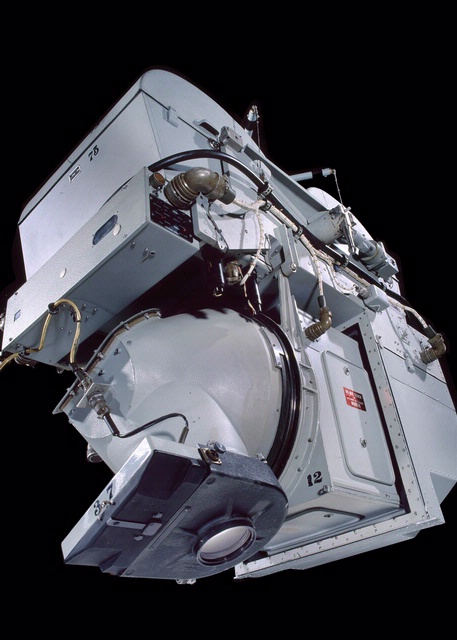
Featured Object Group
Aerial Cameras
The National Air and Space Museum’s aerial cameras have photographed or filmed birds, cold war secrets, the atomic bomb test at Bikini Atoll, Indian ruins in the American Southwest, and scenes from Top Gun and The Great Waldo Pepper.
Featured Object Group
Aircraft
Aircraft of the National Air and Space Museum.
Featured Object Group
America by Air
America by Air traces the history of commercial aviation in the United States from airmail to airlines.
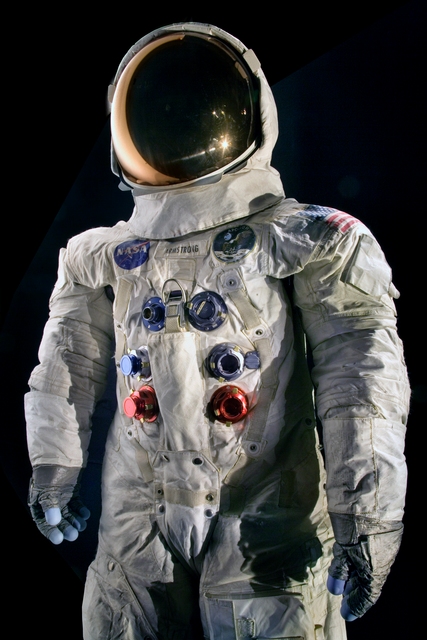
Featured Object Group
Apollo 11
On July 20, 1969, astronauts Neil Armstrong and Buzz Aldrin landed in the Lunar Module Eagle and became the first humans to step foot on the lunar surface while astronaut Michael Collins orbited above inside the Command Module, Columbia.
Featured Object Group
Art of Aerial Spying
From the very early days—when World War I pilots would take photos of the ground below through a window in their aircraft floors—to today’s more high-tech equipment, aerial photography has been an important component of intelligence gathering.
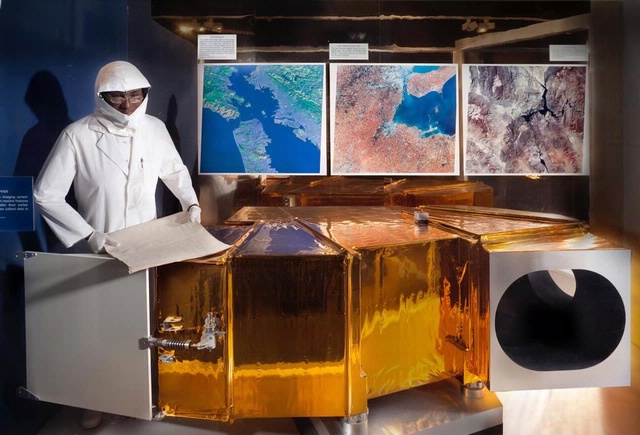
Featured Object Group
Civilian Application Satellites
Explore satellites used for communications, monitoring the weather, and exploring the Earth.
Featured Object Group
Collection Highlights at the National Air and Space Museum in DC
A selection of well-known and world-renowned air and space artifacts currently on display at the National Air and Space Museum in Washington, DC. You can also view a full list of objects on display.
Featured Object Group
Collection Highlights at the Udvar-Hazy Center in Virginia
A selection of well-known and world-renowned air and space artifacts at the Udvar-Hazy Center in Chantilly, Virginia.
Featured Object Group
Destination Moon
The Destination Moon exhibition shows how an extraordinary combination of motivations, resources, and technologies made it possible for humans to walk on the Moon—and how and why we are going back today.
Featured Object Group
Early Flight
Early Flight uses artifacts to explore how in one short decade people in America and around the world were turning the aircraft into a technology that would usher in the aerial age.
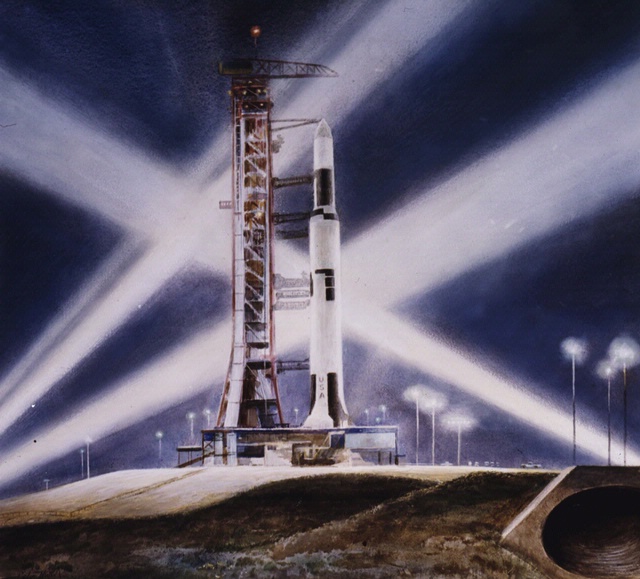
Featured Object Group
Eyewitness to Space
In March 1962, Administrator of NASA James Webb suggested that artists be enlisted to document the historic effort to send the first human beings to the Moon.
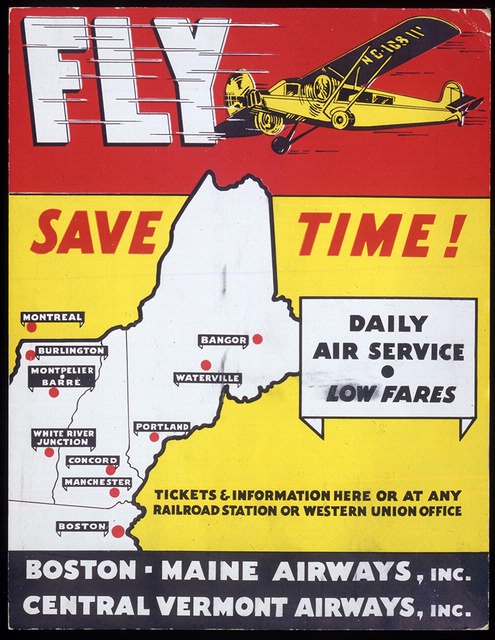
Featured Object Group
Fly Now! The National Air and Space Museum Poster Collection
Posters in the collection are significant both for their esthetic value and because they are a unique representation of the cultural, commercial and military history of aviation during a significant period of its technological and social development.
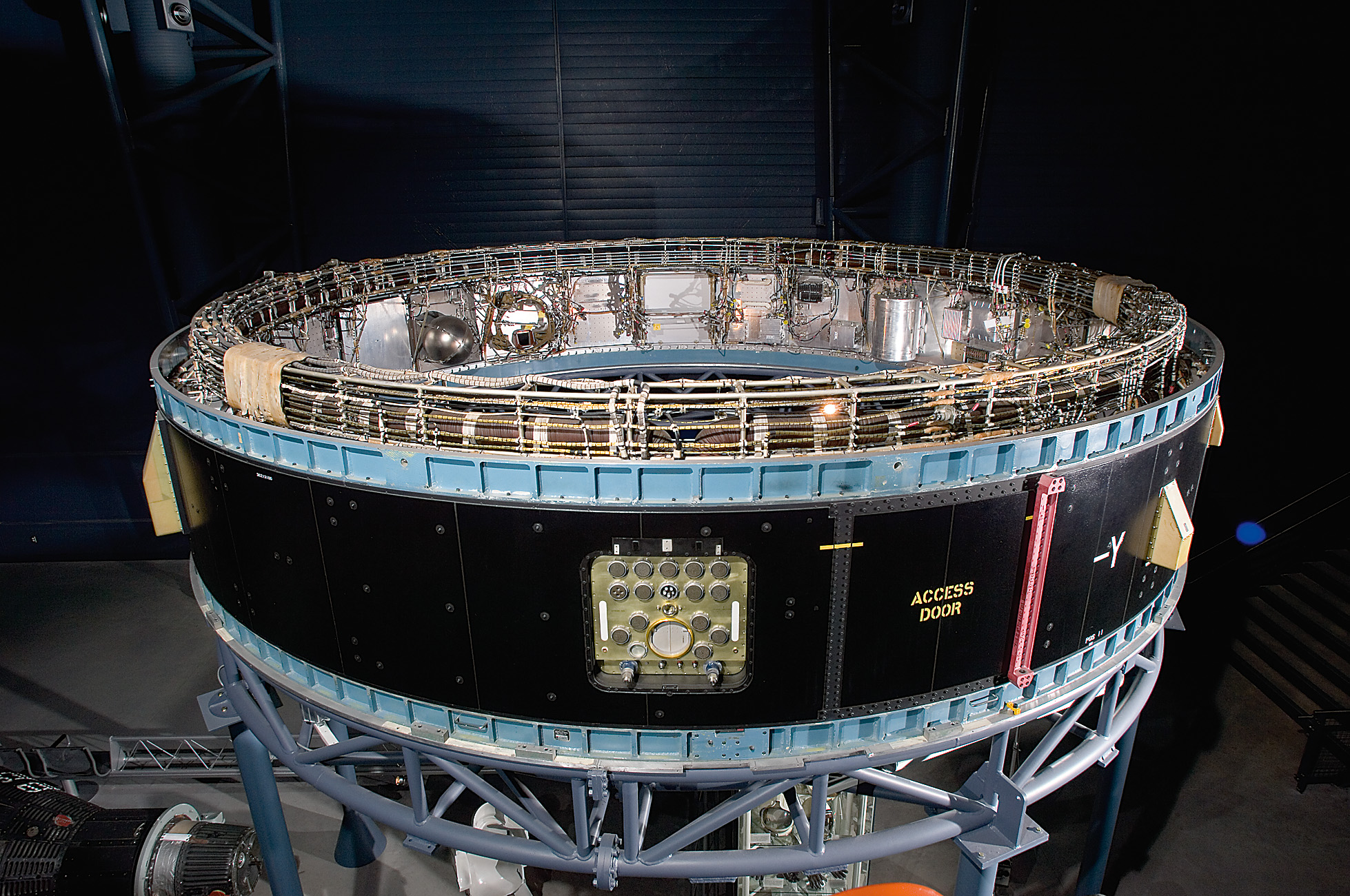
Featured Object Group
Guidance, Navigation, and Control
The functions of guidance, navigation, and control are vital to all forms of air and space flight. The Space History collections in this area attempt to reflect that significance and illustrate the breadth of the topic.
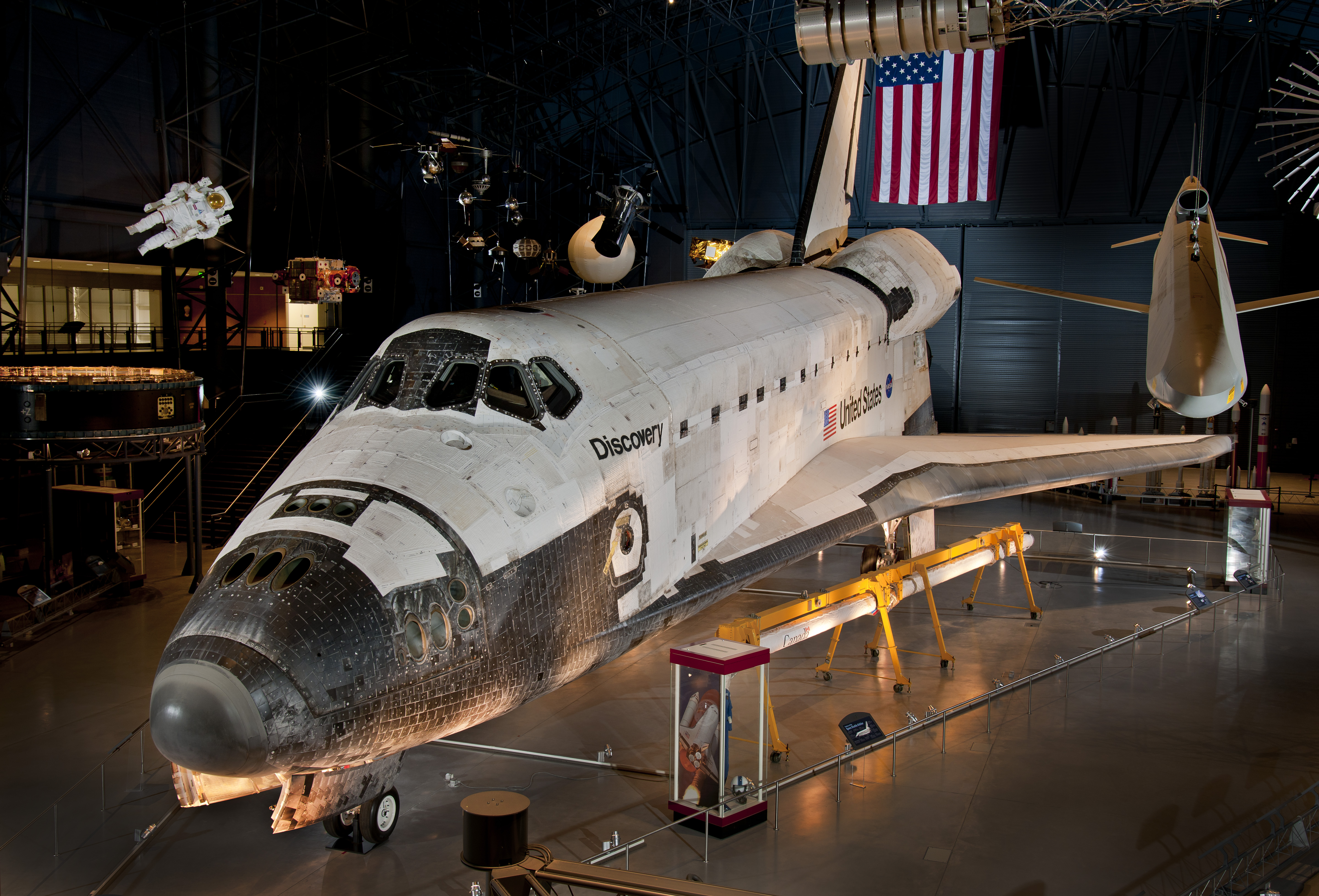
Featured Object Group
Human Spaceflight
The Human Spaceflight collection spans decades of achievements from the first U.S. manned Mercury missions through Apollo, the Space Shuttle, and the International Space Station.
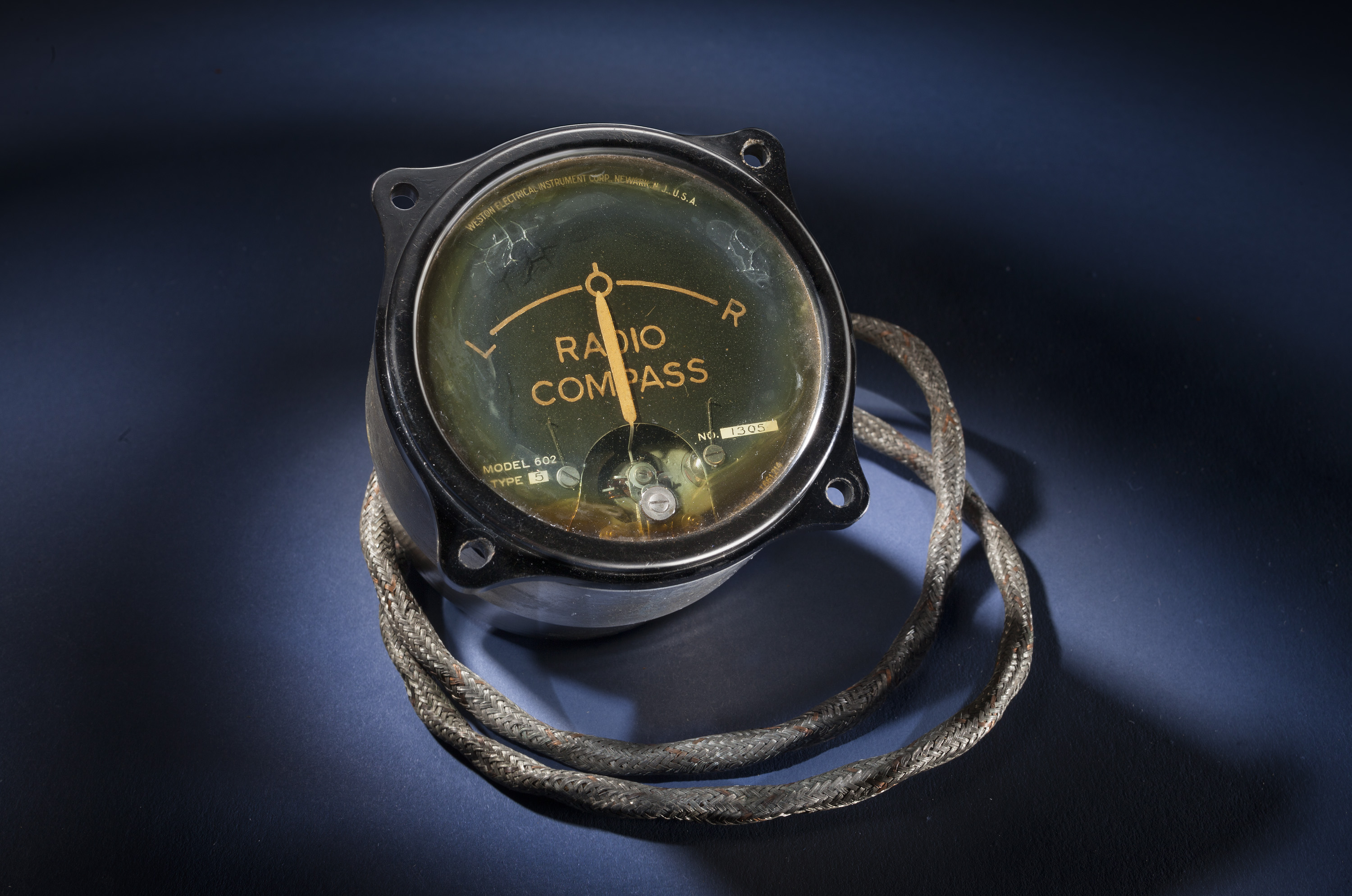
Featured Object Group
Instruments and Avionics
The success of aviation has often been due to technologies that are often invisible to the casual observer. Aircraft instruments and aviation electronics (avionics) have played crucial roles in the safety, reliability, and efficiency of flight.
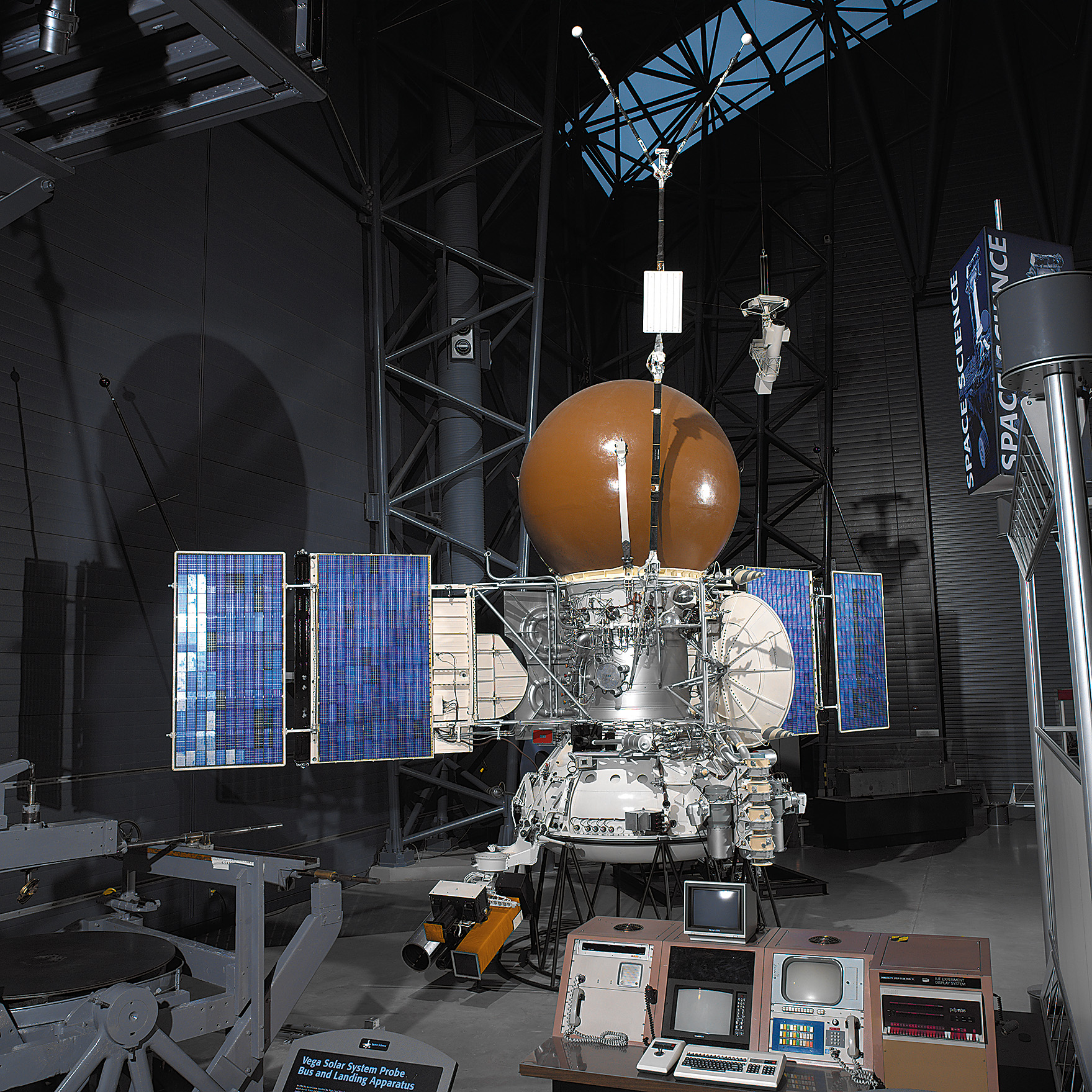
Featured Object Group
International Space
Spaceflight and the use of rockets and missiles is not a uniquely American concept. This collection explores international innovations in spaceflight.
Featured Object Group
Kenneth C. Griffin Exploring the Planets Gallery
The Kenneth C. Griffin Exploring the Planets Gallery probes the science and history of our exploration of planets, moons, and other objects in our solar system.
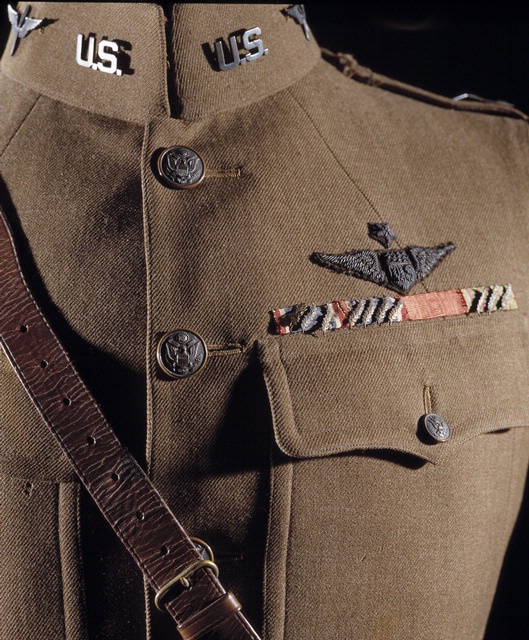
Featured Object Group
Military Personal Items
A selection of military uniforms and personal equipment from World War I to the Cold War, including items worn by General William Mitchell, General Henry "Hap" Arnold, and U-2 pilot Commander William Ecker.
Featured Object Group
Nation of Speed
Nation of Speed recounts our desire to become the fastest on land, sea, air, and space in the pursuit of commerce, power, and prestige.
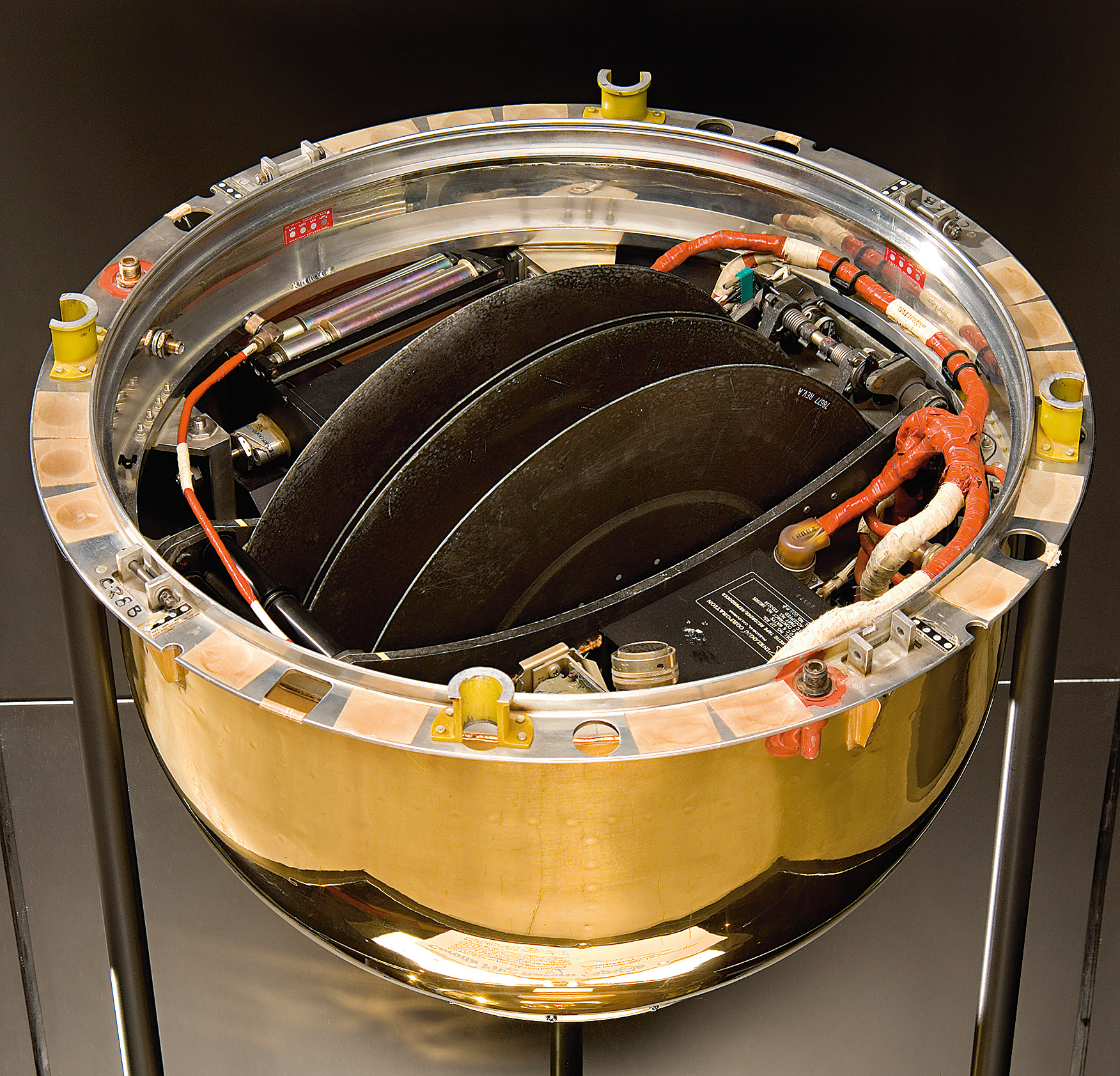
Featured Object Group
National Security Space
During the Cold Wars, the United States and USSR looked toward space for ways to spy on one another for the purposes of maintaining National Security and technological superiority.
Featured Object Group
One World Connected
One World Connected tells the story of how taking to the skies and stars fostered two momentous changes in everyday life: the ease in making connections across vast distances and a new perspective of Earth as humanity’s home.
Featured Object Group
Pens and Pencils
On June 10, 1943, the patent for the ballpoint pen was filed. To celebrate National Ballpoint Pen Day (#BallpointPenDay), we've pulled together writing implements from across our collection.
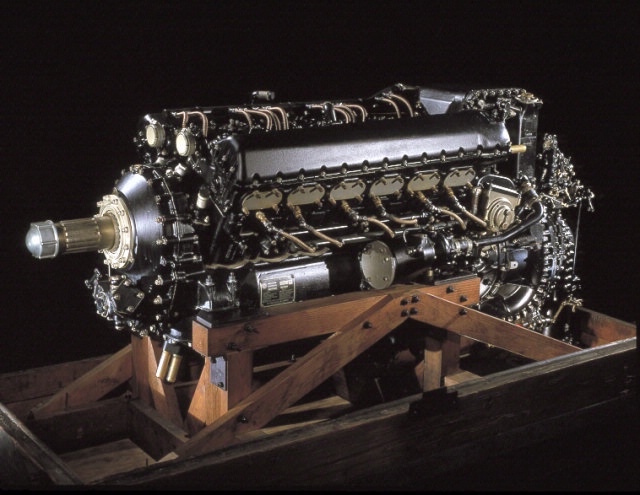
Featured Object Group
Propulsion
The propulsion collection includes reciprocating and rotary internal combustion and gas turbine engines, propellers, and the components and support technologies, or accessories, that deliver the needed air, water, fuel, and oil to an engine.
Featured Object Group
Rockets and Missiles
Among this collection's highlights are: artifacts from American rocket pioneer Robert Goddard, German World War II missile and rocket artifacts, American Cold War missiles and launch vehicles, and rocket engines from small thrusters to a gigantic.
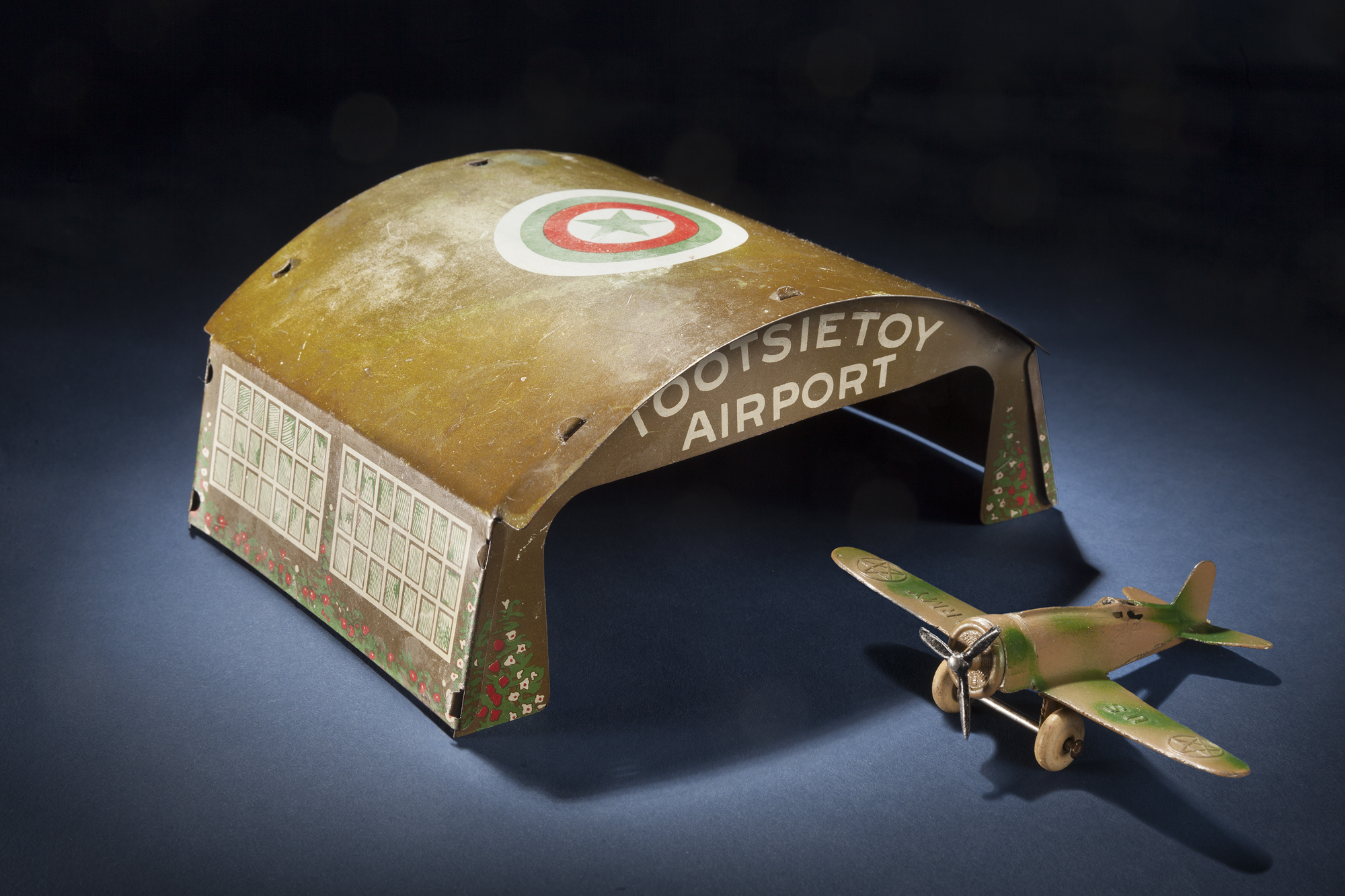
Featured Object Group
Social and Cultural Aviation Collection
Pioneer aviators became household names and their flights catapulted them into fame and celebrity. The objects of popular culture in the collection display everything from ashtrays to wristwatches that reflect the public fascination with aviation.
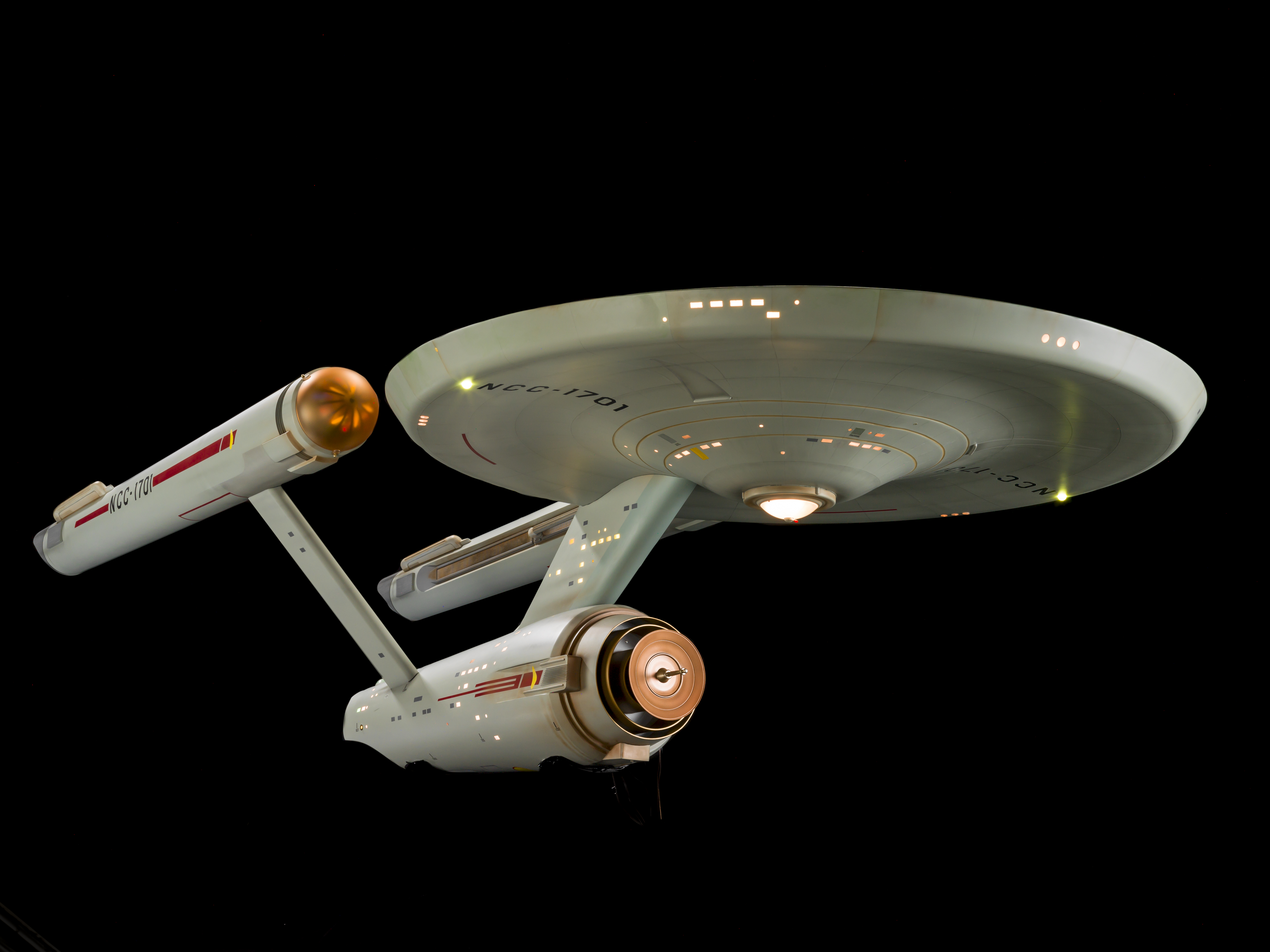
Featured Object Group
Social and Cultural Space Collection
The Social and Cultural Dimensions of Spaceflight Collection includes over 4500 individual pieces of space memorabilia and space science fiction objects, including toys and games, clothing and stamps, medals and awards, and buttons and pins.
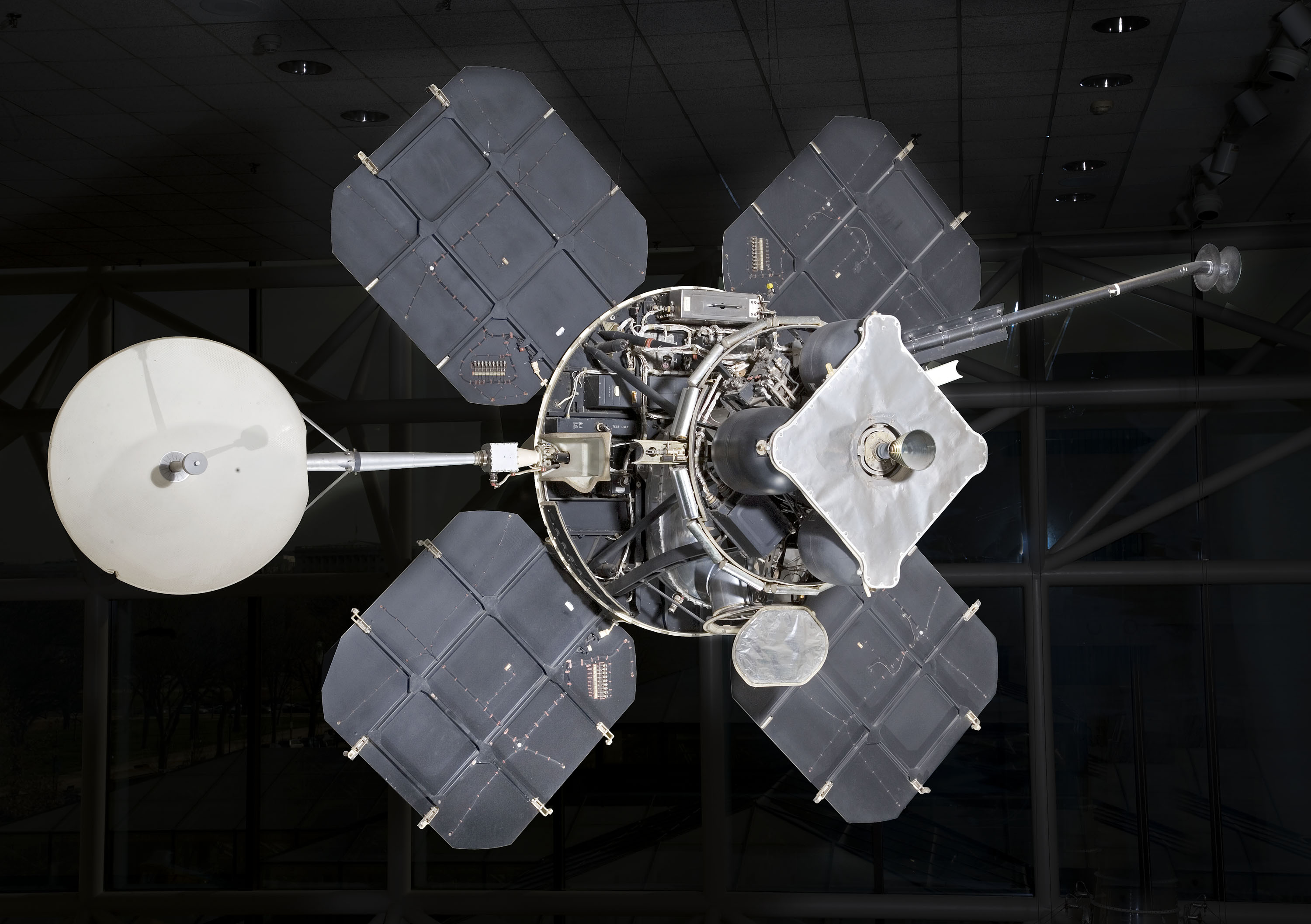
Featured Object Group
Space Science
Space sciences collection includes objects ranging from engineering models, components, and prototypes to mockups representing the full range of scientific activities performed on space vehicles, including both suborbital and orbital satellites.
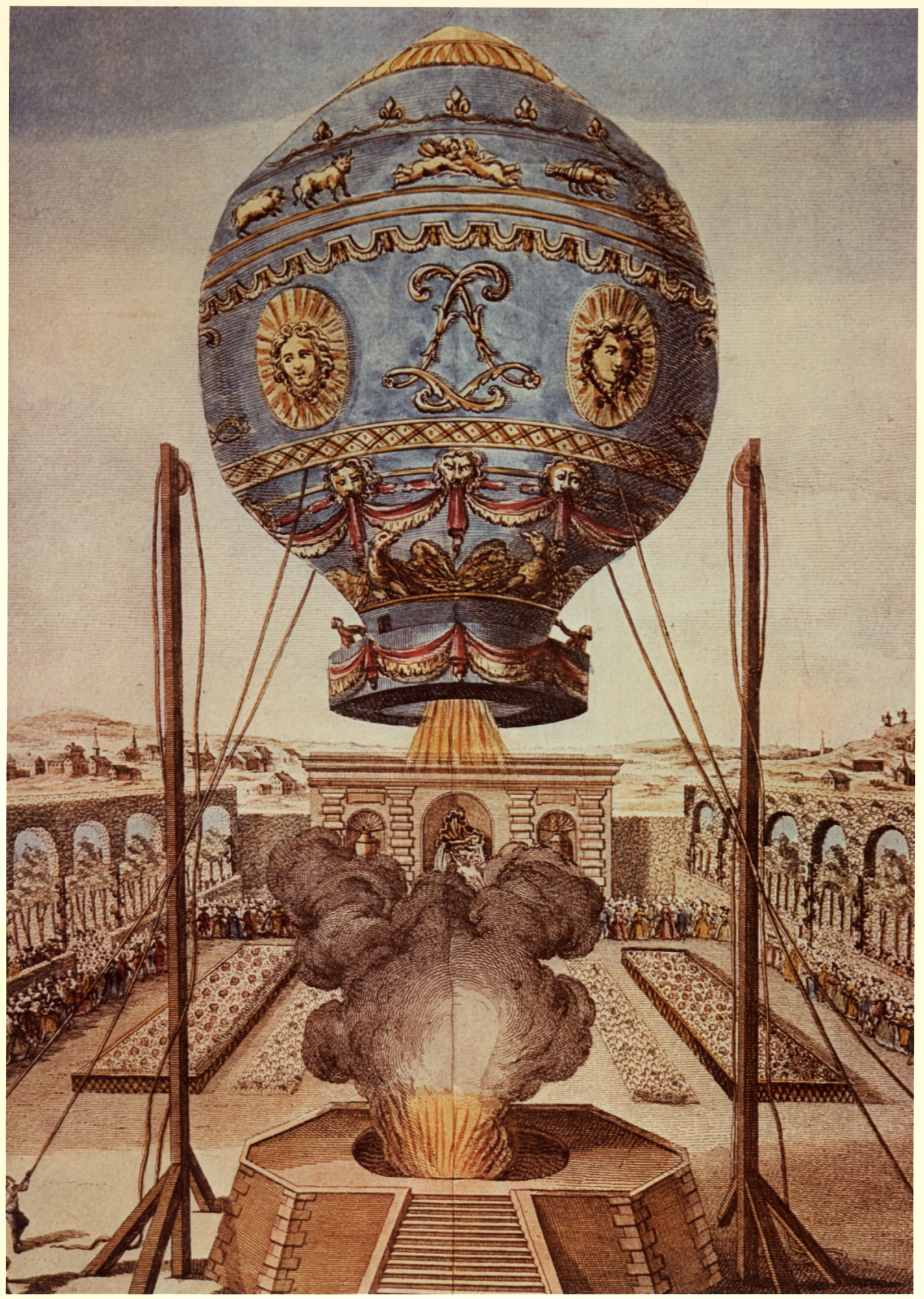
Featured Object Group
The Birth of the Balloon
Enormous crowds gathered in Paris to watch one balloon after another rise above the city rooftops, carrying the first human beings into the air in the closing months of 1783. Collection celebrating the invention and early history of the balloon.
Featured Object Group
The Wright Brothers & The Invention of the Aerial Age
The Wright Brothers & The Invention of the Aerial Age explores who Wilbur and Orville Wright were, what they achieved and how they did it, and how the world first reacted to their revolutionary invention.
Featured Object Group
Thomas W. Haas We All Fly
Thomas W. Haas We All Fly celebrates the breadth and depth of general aviation and its deep impact on society.
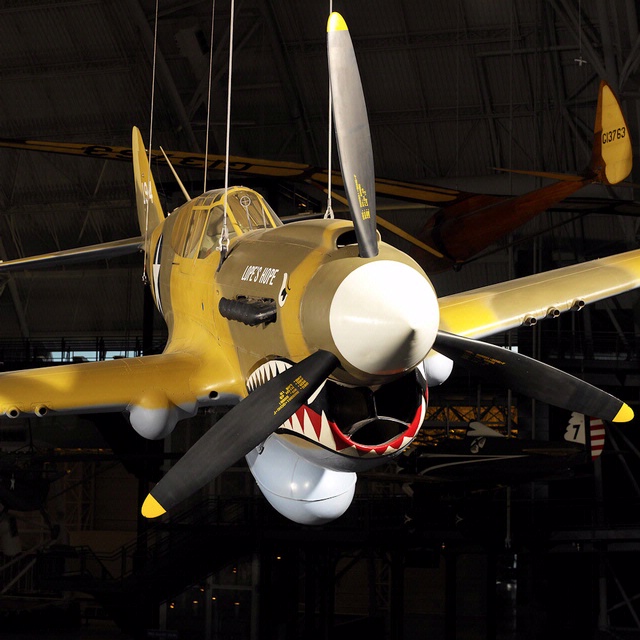
Featured Object Group
World War II Aircraft
The Museum’s collection of 30 World War II-era American military aircraft ranges from propeller-driven trainers, fighters, flying boats, and bombers to the nation’s first generation of jet-powered fighters to take to the air.